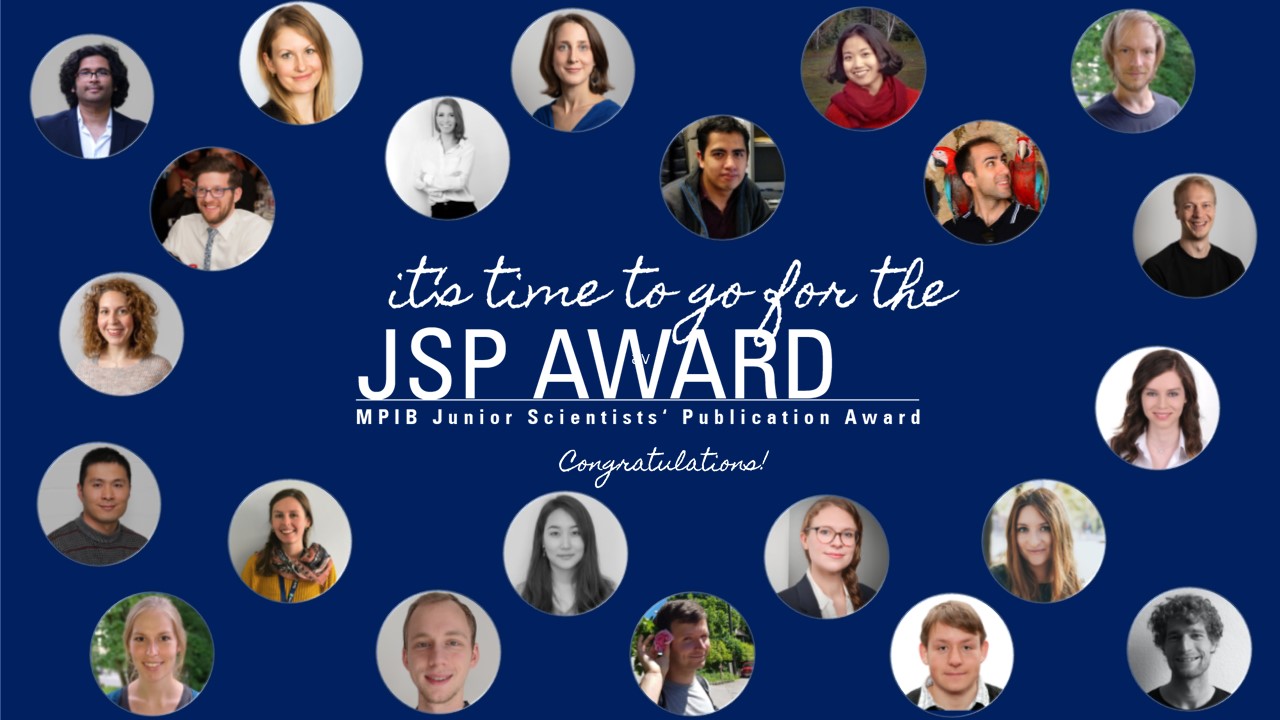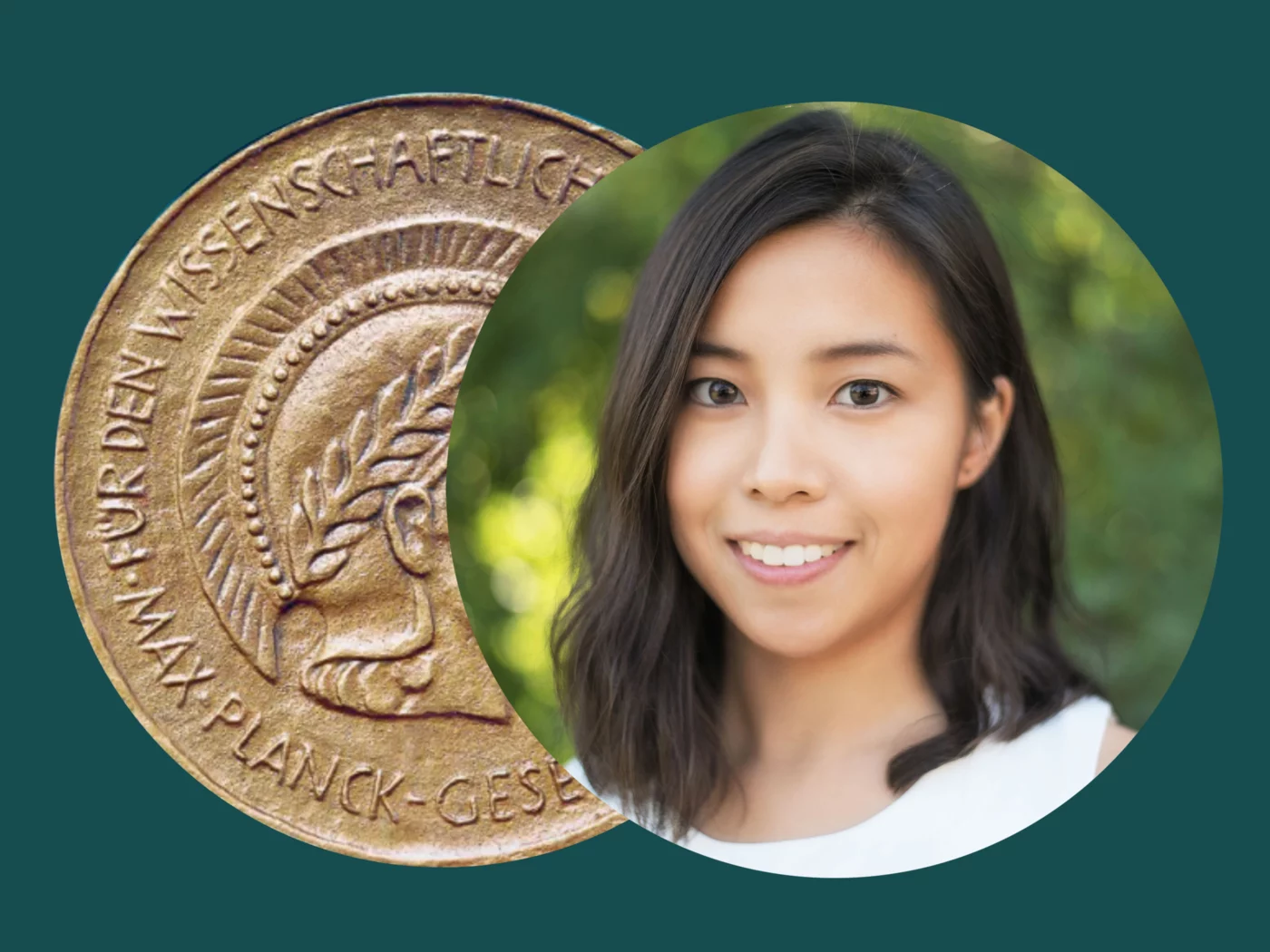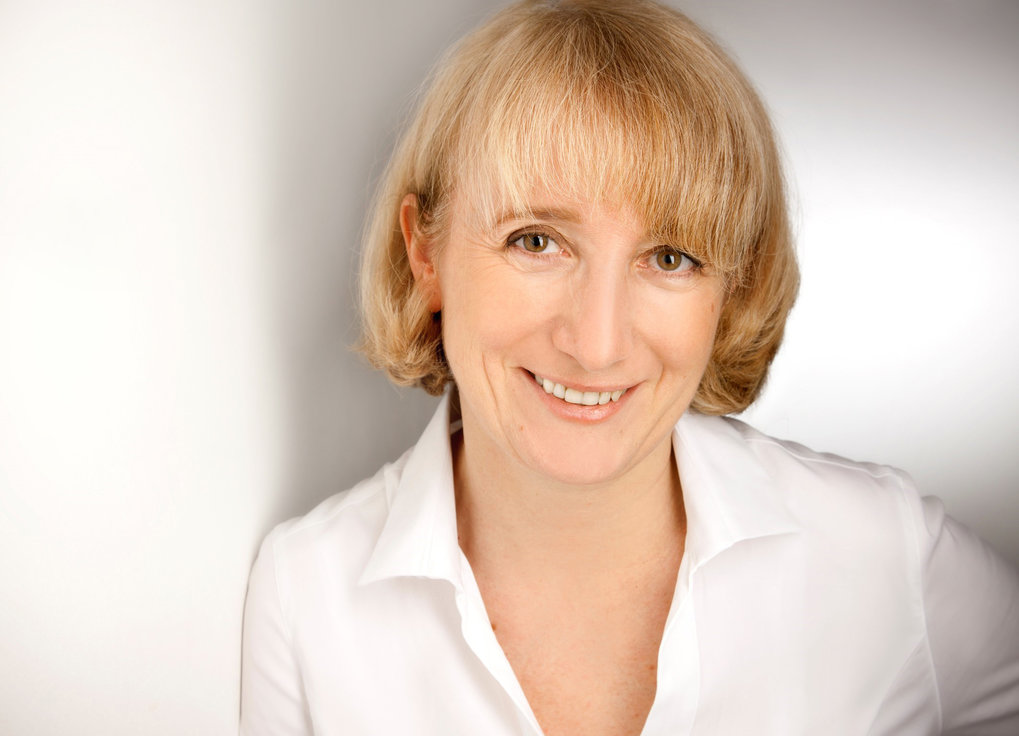
Sinitcyn, P.#, Hamzeiy, H.#, Salinas Soto, F., Itzhak, D., McCarthy, F., Wichmann, C., Steger, M., Ohmayer, U., Distler, U., Kaspar-Schoenefeld, S., Prianichnikov, N., Yılmaz, Ş., Rudolph, J.D., Tenzer, S., Perez-Riverol, Y., Nagaraj, N., Humphrey, S.J., and Cox, J.
#equal contribution
Nat Biotechnol, 2021, online ahead of print.
doi: 10.1038/s41587-021-00968-7
MaxDIA enables library-based and library-free data-independent acquisition proteomics
MaxDIA is a software platform for analyzing data-independent acquisition (DIA) proteomics data within the MaxQuant software environment. Using spectral libraries, MaxDIA achieves deep proteome coverage with substantially better coefficients of variation in protein quantification than other software. MaxDIA is equipped with accurate false discovery rate (FDR) estimates on both library-to-DIA match and protein levels, including when using whole-proteome predicted spectral libraries. This is the foundation of discovery DIA-hypothesis-free analysis of DIA samples without library and with reliable FDR control. MaxDIA performs three- or four-dimensional feature detection of fragment data, and scoring of matches is augmented by machine learning on the features of an identification. MaxDIA's bootstrap DIA workflow performs multiple rounds of matching with increasing quality of recalibration and stringency of matching to the library. Combining MaxDIA with two new technologies-BoxCar acquisition and trapped ion mobility spectrometry-both lead to deep and accurate proteome quantification.
 Congratulations!
Congratulations!



